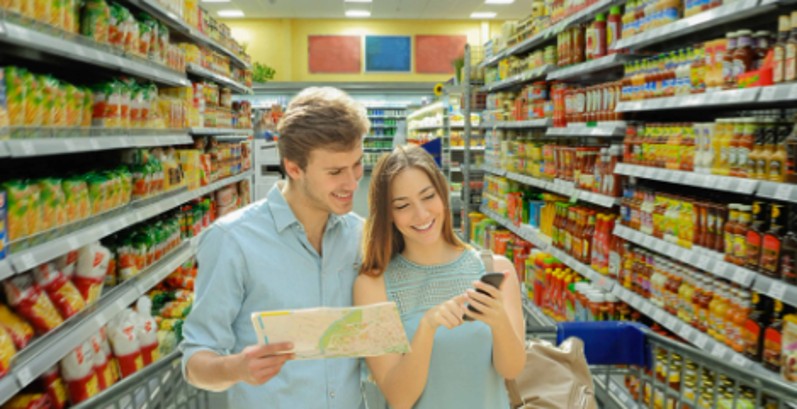NEWS
The Journey of Consumer Packaged Goods: From Conception to Consumption

Market Research and Concept Development
The journey of consumer packaged goods (CPGs) begins with an idea, often sparked by market research. Companies invest heavily in understanding consumer needs, preferences, and emerging trends. This involves surveys, focus groups, and data analysis to identify gaps in the market. Once a viable concept is developed, feasibility studies are conducted to assess the practicality of bringing the product to market. This phase is crucial as it determines the potential success of the product based on consumer demand and competition.
Sourcing Raw Materials
After finalizing the product concept, the next step is sourcing raw materials. This stage is critical for ensuring the quality and integrity of the final product. Companies often source materials from various parts of the world, considering factors such as cost, quality, and sustainability. Ethical sourcing practices have become increasingly important, with consumers demanding transparency about where and how ingredients are obtained. This includes ensuring fair labor practices and minimizing environmental impact.
Manufacturing Process
Once raw materials are secured, the manufacturing process begins. Modern manufacturing involves sophisticated technology and automation to ensure efficiency, consistency, and quality. Factories are equipped with advanced machinery to handle large-scale production while maintaining high standards. This stage includes several steps such as mixing, cooking, assembling, and packaging, depending on the type of product. Quality control measures are implemented at every stage to ensure that the final product meets the company’s standards and regulatory requirements. Finding the right manufacturer for packaged goods is also more technological than it used to be. Today’s businesses can use platforms like Keychain to match with production facilities in moments.
Packaging and Labeling
Packaging plays a significant role in the appeal and functionality of CPGs. It not only protects the product but also serves as a marketing tool. Companies invest in innovative packaging designs that attract consumers and provide necessary information such as ingredients, usage instructions, and expiration dates. Sustainability is a growing concern, leading to the development of eco-friendly packaging solutions. Labels must also comply with regulatory standards, providing transparency and ensuring consumer safety.
Logistics and Distribution
Effective logistics and distribution are essential for getting products to market. This involves a well-coordinated supply chain that includes warehousing, transportation, and inventory management. Companies use sophisticated software to track shipments, optimize routes, and manage stock levels to prevent shortages or surpluses. The goal is to ensure that products are delivered to retailers on time and in optimal condition. This phase also includes managing relationships with distributors and retailers to ensure smooth operations.
Retail and Marketing
Once products reach retailers, the focus shifts to marketing and selling. Retailers play a crucial role in displaying and promoting products to consumers. This includes strategic placement on shelves, in-store promotions, and advertising campaigns. Companies collaborate with retailers to create compelling marketing strategies that drive sales and build brand loyalty. This phase is critical as it directly impacts consumer perception and purchase decisions.
Consumer Purchase and Feedback
The final stage of the journey is the consumer purchase. Once products are bought, companies closely monitor feedback to assess satisfaction and identify areas for improvement. This includes analyzing sales data, customer reviews, and social media interactions. Consumer feedback is invaluable as it provides insights into how products are received and what changes may be needed for future iterations. Companies use this information to refine their offerings and enhance the overall consumer experience.
Sustainability and Ethical Practices
In recent years, there has been a growing emphasis on sustainability and ethical practices in the CPG industry. Consumers are increasingly aware of the environmental and social impact of their purchases. Companies are responding by adopting more sustainable practices, such as reducing carbon footprints, using recyclable materials, and ensuring fair labor practices. Transparency and corporate social responsibility have become key factors in building consumer trust and loyalty.
Challenges and Innovations
The CPG industry faces numerous challenges, including fluctuating raw material costs, regulatory changes, and evolving consumer preferences. However, these challenges also drive innovation. Companies are constantly seeking new ways to improve efficiency, reduce costs, and meet consumer demands. This includes adopting advanced technologies such as artificial intelligence, blockchain, and the Internet of Things (IoT) to enhance various aspects of the supply chain. Innovation is essential for staying competitive and meeting the ever-changing needs of consumers.










